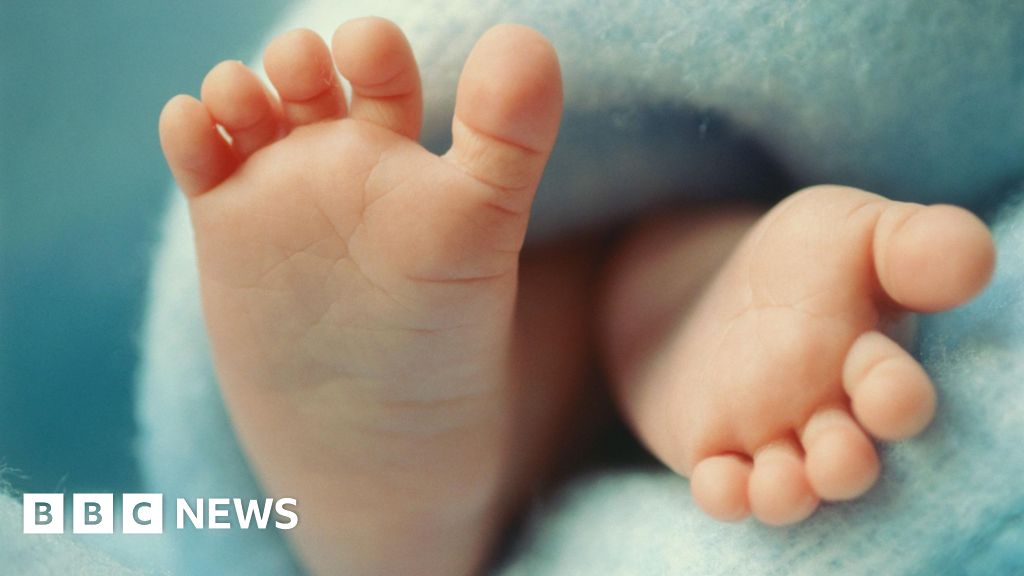Introduction to Three-Person Babies
In the UK, eight babies were born using genetic material from three people to prevent devastating and often fatal conditions, say doctors. The method, which worked by combining the egg and sperm of a mother and father with a second egg from a donor woman, has been legal for a decade. Now, there is the first proof that it leads to children born free of incurable mitochondrial diseases.
What are Mitochondrial Diseases?
These conditions are usually handed down from mother to child and starve the body of energy. This can lead to severe disabilities, and some babies die within a few days of birth. Couples know they are at risk if previous children, family members, or the mother are affected. Children born through the three-person technology inherit the majority of their DNA from their parents but also receive a tiny amount, about 0.1%, from the second woman. This is a change that is passed down through generations.
Families’ Experiences
None of the families who went through the process speak publicly to protect their privacy, but they have published anonymous statements. A mother of a little girl said, "After years of uncertainty, this treatment gave us hope – and then our baby gave us." Another mother added, "Thanks to this incredible breakthrough and support that we received, our small family is complete. The emotional burden of mitochondrial diseases has been lifted, and in its place, there is hope, joy, and deep gratitude."
The Science Behind the Technology
Mitochondria are tiny structures in almost every one of our cells. They are the reason we breathe, using oxygen to convert food into energy that our body uses as fuel. Defective mitochondria can leave the body with inadequate energy to beat the heart and cause brain damage, seizures, blindness, muscle weakness, and organ failure. About one in 5,000 babies is born with mitochondrial disease. The team in Newcastle assumes that according to the three-person method, it will be born after 20 to 30 babies.
How the Technology Works
The eggs of both the mother and the donor are fertilized in the laboratory with the father’s sperm. The embryos develop until the DNA forms a pair of structures from the sperm and eggs, which is referred to as a pro nucleus. These contain the blueprints for the structure of the human body, such as hair color and height. The pro nuclei are removed from both embryos, and the parents’ pro nuclei are inserted into the embryo with healthy mitochondria. The resulting child is genetically related to their parents but should be free of mitochondrial diseases.
Results and Outcomes
A few reports in the New England Journal of Medicine showed that 22 families went through the trial in the Newcastle Fertility Center. It led to four boys and four girls, including a few twins and an ongoing pregnancy. All babies were born free of mitochondrial diseases and fulfilled their expected development milestones. There was a case of epilepsy that cleared up by itself, and a child has an abnormal heart rhythm that is successfully treated. It is not believed that these are connected to defects in mitochondria.
Future Implications
The breakthrough gives hope to families affected by mitochondrial diseases. Despite decades of work, there is still no cure for mitochondrial diseases, but the possibility of passing on healthy mitochondria offers a future without the disease. The results give reasons for optimism, and research to better understand the boundaries of mitochondrial donation technologies will be important to further improve treatment outcomes.
UK’s Role in Developing the Science
The UK not only developed the science of three-person babies but was also the first country in the world to introduce laws that allow their creation after a debate in parliament in 2015. There were controversies because mitochondria have their own DNA, which controls how they work. This means that children have inherited DNA from their parents and about 0.1% of the donor woman. All girls born through this technique would pass this on to their own children, so it is a permanent change in the genetic inheritance of humans.

